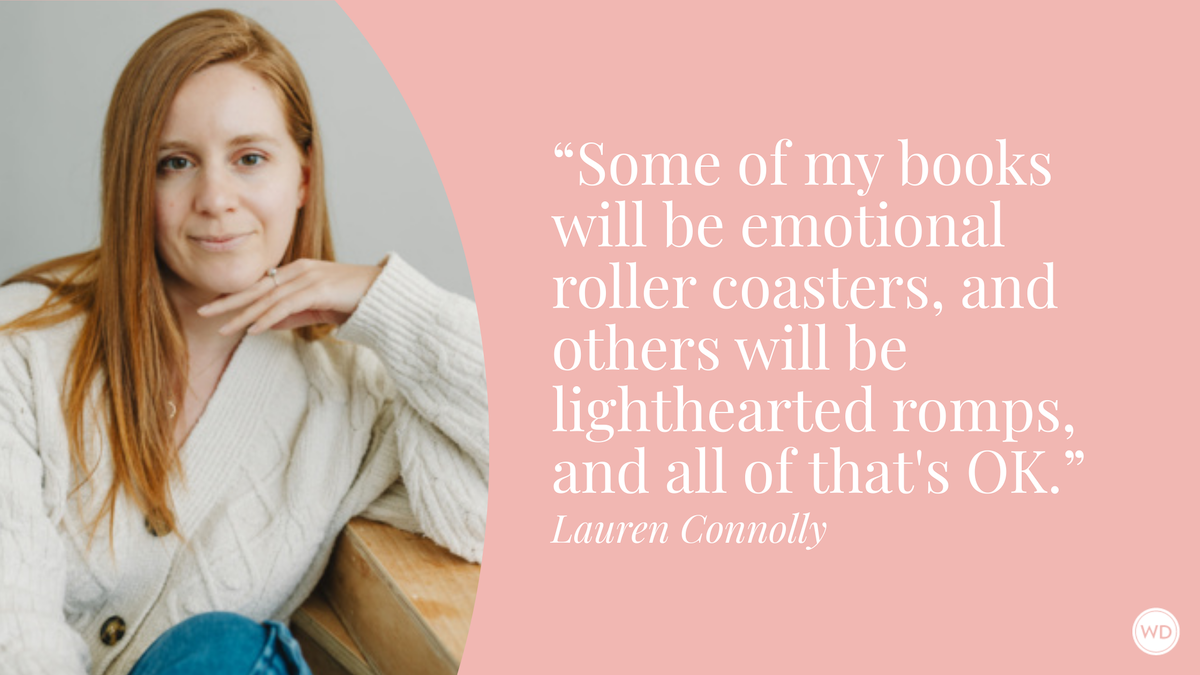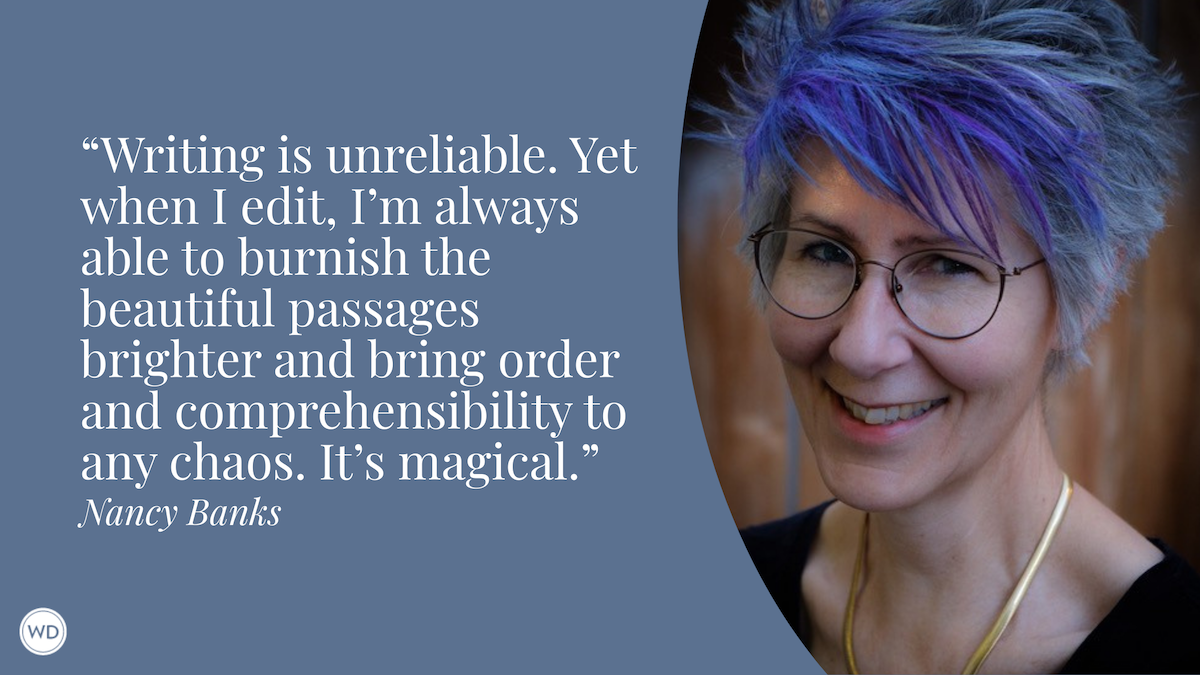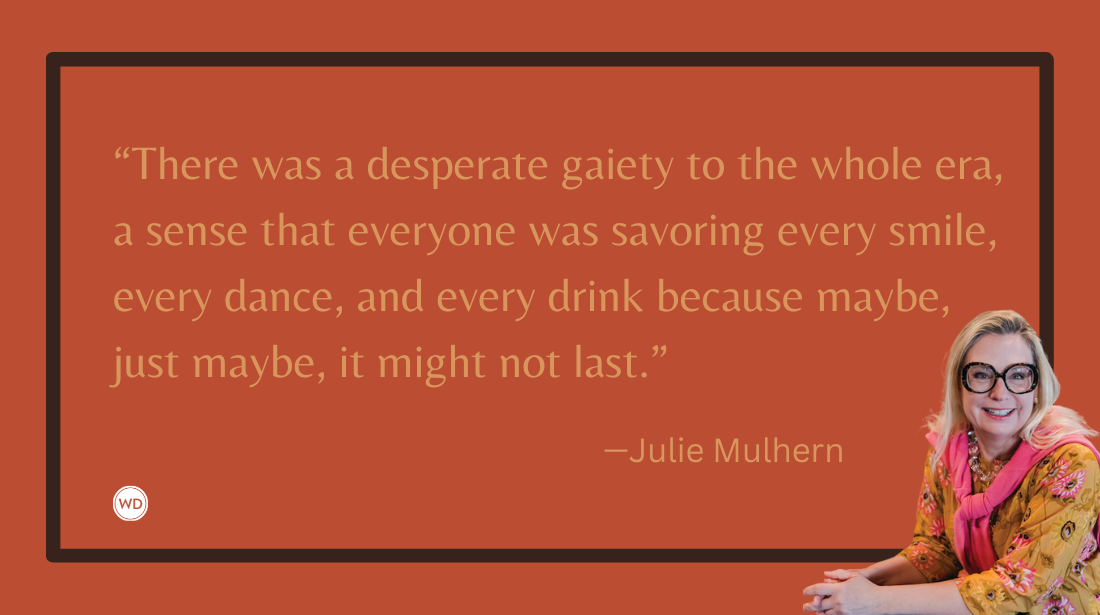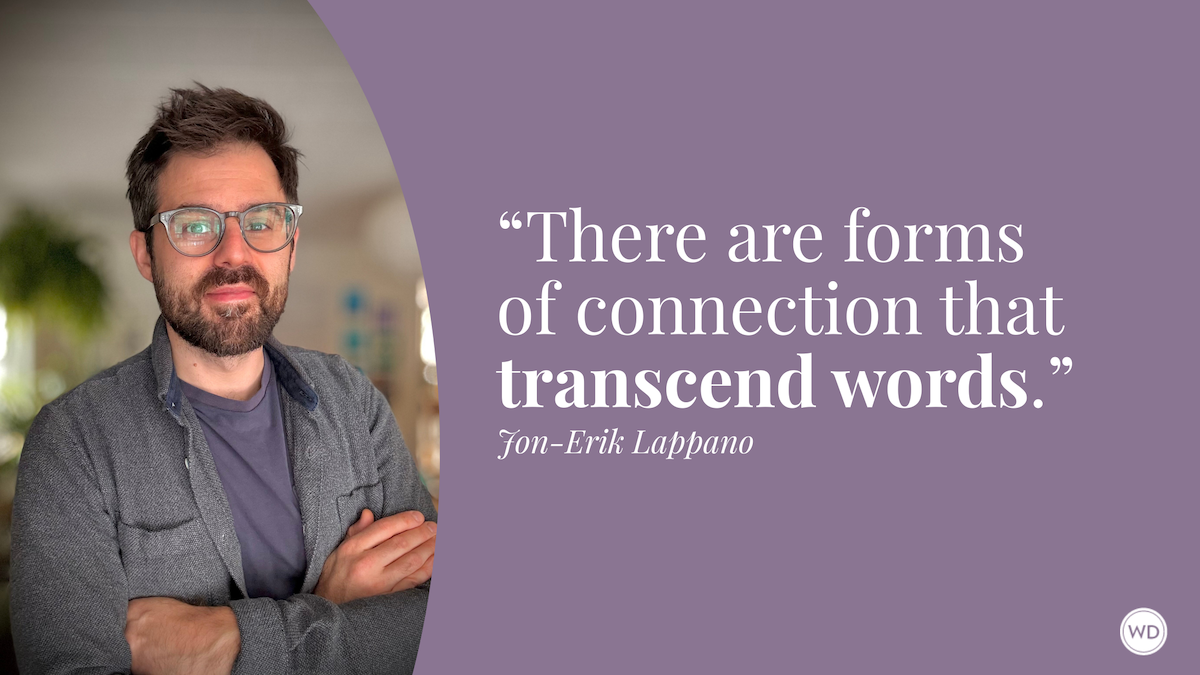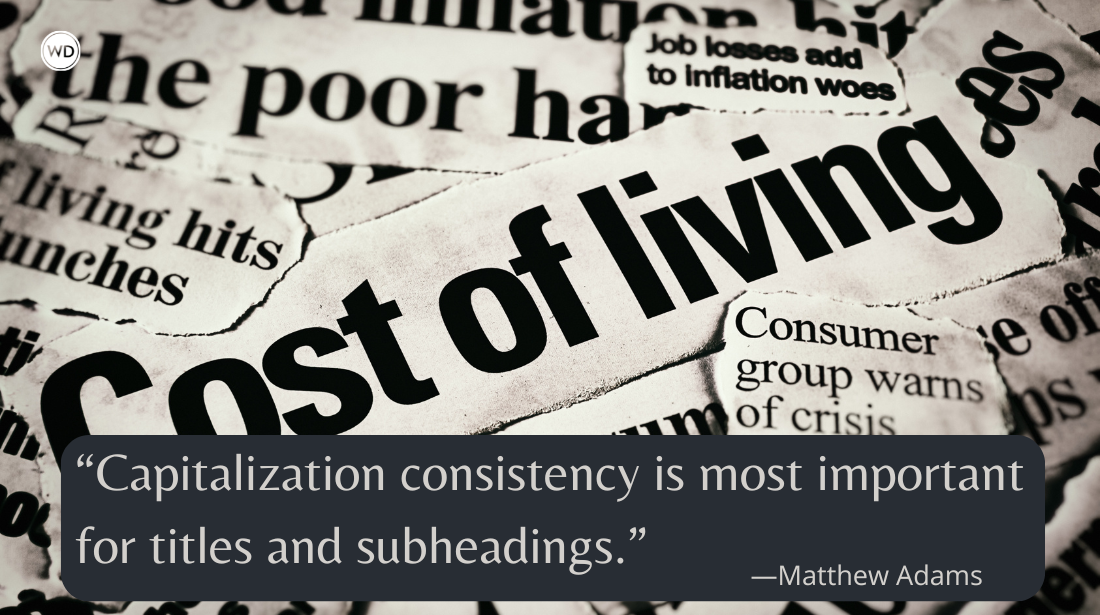5 Elements All Urban Fantasy Novels Must Have
How do you recognize a good urban fantasy when you see one, and if you want to try your hand at writing one, what’s the basic recipe? Here are the ingredients you need.
Even if you don’t regularly haunt the science fiction and fantasy section of your local bookstore, chances are you’ve crossed paths with the vibrant, ever-popular subgenre of urban fantasy. Not only is there frequently an urban fantasy or two on the New York Times bestseller list, but it’s one of the most common types of fantasy to make its way to the big and small screen. How do you recognize a good urban fantasy when you see one, and if you want to try your hand at writing one, what’s the basic recipe?
5 Elements All Urban Fantasy Novels Must Have
1. The City
The “urban” in urban fantasy means that the setting should always be one of the main characters. While books with a UF “flavor” have been set in rural areas, historical periods, small towns, or even secondary worlds, the classic urban fantasy setting is a dense, highly populated present-day metropolis. Think London, New York, or San Francisco—the sophisticated pulse and personality of the city permeate the story. Readers will expect to become as familiar with the rules of public transport, commerce, law enforcement, and local weather as they are with the laws of the supernatural, so if you don’t live in the city you’re writing about, wear out a good, in-depth travel guide or two, speak to locals, and visit if you can.
2. The Magic
The “fantasy” part means that somewhere, running through the veins of that sophisticated city, is something wild and strange. “Paranormal” elements like ghosts, werewolves, zombies, and vampires certainly count, but if you really want to hit the urban fantasy sweet spot, at some point you’ll want to have a character cast a spell or perform a ritual. Part of the fun of urban fantasy is figuring out the interplay of magic and technology, and these rules differ from universe to universe. Can fairies ride the subway? Do vampires work night shifts at hospitals? Are computers and magic mutually hostile, or is there a whole branch of magic that depends on good wifi?
IndieBound | Bookshop | Amazon
[WD uses affiliate links.]
3. The Mystery
Fans of UF love a good whodunit, and for this reason, many of the most successful urban fantasies prominently feature law enforcement, private detectives, crime scenes, and life-or-death suspense. But there’s lots of room to define what a “mystery” might be, especially in a world that incorporates laws beyond the ordinary. The most necessary element to consider in the plot of an urban fantasy is the unanswered question. It’s usually not enough in an urban fantasy for your protagonist to have a strong driving goal; there should also be a huge, possibly frightening unknown that gradually unfolds throughout the story, thanks to clever and persistent investigation.
4. The Point of View
There’s a reason that first-person point of view is so popular in urban fantasy, and it isn’t just the genre’s cozy relationship with noir. One of the traditions of urban fantasy is that it is intensely character-driven: profoundly affected or even warped by the opinions of the protagonist. As with its cousin the mystery series, in urban fantasy, it is often the personality of the protagonist—the investigator, the misfit, the fearless confronter of the uncanny—that keeps readers coming back for sequel after sequel. Even if you don’t plan to write a series featuring the same character throughout, great attention should be paid to your main character's “voice” and mindset. Is she at home in a pack of werewolves but lost at the corner of 5th and Main? Is he irritated and unnerved by the supernatural elements that are taking over the city he grew up in? Make sure you know the lens your reader is looking through in your story, and how it shapes or obscures the view.
5. The Sizzle
Last but not least, urban fantasy is sexy. Even if you don’t have an all-out love scene or fully-developed romantic relationship in your story, if you’re going for classic urban fantasy then you’ll want to make sure that sex simmers somewhere in the background. A lingering gaze, a billowing coat, a bit of bare leg—these things can go a long way toward creating a sensual atmosphere that keeps every page electric and exciting even when there’s not a crime scene to investigate. Urban fantasy readers want to be thrilled, and blatant or subtle eroticism is a great way to keep a reader’s heart rate high. Just be sure that there’s a plot outside of and dominant to any developing relationship, or you’ve found your way into paranormal romance, which is another subgenre altogether!
Now, of course, there are successful urban fantasies that play havoc with these “Must-have” elements and forge entirely new territory. But if you’re new to the genre and looking to get a feel for it, this checklist will keep you on track and make sure that agents, editors, and readers recognize what you’re after. Like the fearless mavericks that so often drive urban fantasy stories, you’ve got to know the rules before you can break them.
Mishell Baker is a 2009 graduate of the Clarion Science Fiction and Fantasy Writers’ Workshop, and her short stories have appeared in Daily Science Fiction, Beneath Ceaseless Skies, Redstone Science Fiction, and Electric Velocipede. She has a website at MishellBaker.com and frequently Tweets about writing, parenthood, mental health, and assorted geekery at @mishellbaker. When she’s not attending conventions or going on wild research adventures, she lives in Los Angeles with her husband and children. Her debut novel, Borderline, is currently a Nebula award finalist. Its sequel, Phantom Pains, is now available.





